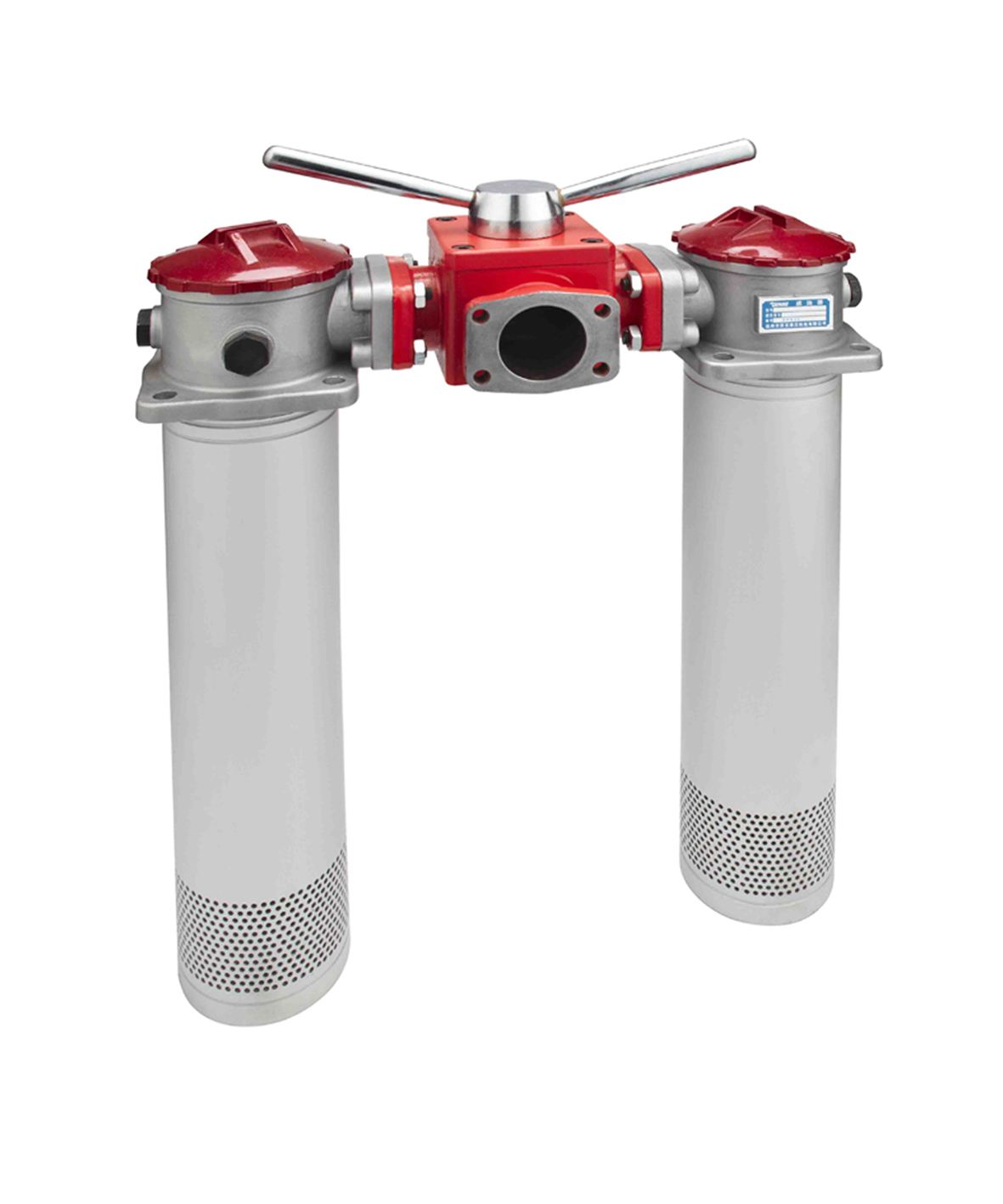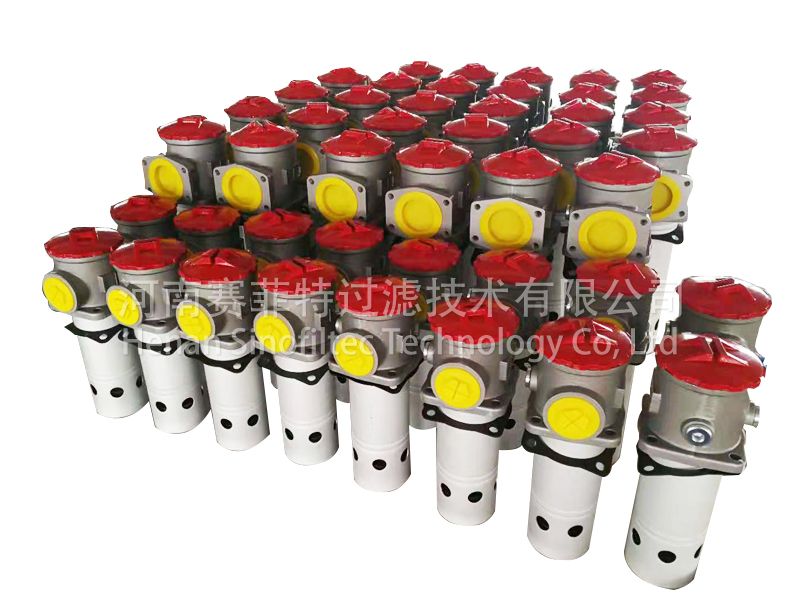
Nano-calcium carbonate, also known as ultrafine calcium carbonate, has an average particle diameter of about 40 nm. The process of preparing ultrafine calcium carbonate in the laboratory usually adopts three methods of carbonization, double decomposition and microemulsion, and in the industry, carbonization is generally adopted.
1. Preparation method of nano calcium carbonate
(1) Double decomposition method
The double decomposition method is prepared by reacting a water-soluble calcium salt (such as calcium chloride, calcium sulfate, etc.) with a water-soluble carbonate (such as ammonium carbonate, sodium carbonate, etc.) through a liquid phase to a solid phase under certain conditions. Nano calcium carbonate. When using this method to prepare calcium carbonate, the laboratory can control the concentration of the reactants, the reaction temperature, the supersaturation of the product, and the addition of appropriate additives to obtain a particle size of less than 0.1 μm, a large specific surface area, and a comparative A very soluble amorphous calcium carbonate product.
The nanometer calcium carbonate prepared by the method has high purity and good whiteness, but requires high cost in preparing products of different crystal forms, so this method is rarely used at home and abroad to prepare nanometers. Calcium carbonate.
(2) Carbonization method
1 Intermittent bubbling carbonization method is different from metathesis method. Intermittent bubbling carbonization method is widely used in the preparation of nanometer calcium carbonate at home and abroad. The operation step is first to cool the 1.04-1.06g/cm3 Ca(OH)2 slurry to below 25 °C, and then drive the slurry into the carbonization tower, pay attention to maintain a certain liquid level, and then from the bottom of the carbonization tower to the tower Nano-scale calcium carbonate can be prepared intermittently by introducing a mixed gas of CO2 or CO2 and air, controlling a reasonable solution concentration, a reaction temperature, a gas-liquid ratio, and an additive.
2 is also to obtain nanometer calcium carbonate by carbonization method, the step is to spray the Ca(OH)2 slurry downward from the top of the carbonization tower through a pressure nozzle, while simultaneously introducing CO2 from the bottom of the tower or A mixed gas of CO2 and air causes the sprayed Ca(OH)2 slurry to sufficiently contact with CO2 to react. This method significantly increases the contact area of ​​the CO2 gas and the Ca(OH)2 slurry. The reaction process can be made at a normal temperature by controlling the concentration of the milk, the droplet diameter, the flow rate, and the reaction gas-liquid ratio. -0.08 μm of nano calcium carbonate.
The CaCO3 particle size distribution obtained by the continuous spray method is narrow, the particle shape is relatively regular, and it is easy to disperse. The overall quality is better than the intermittent bubbling method, but the energy consumption is large due to this method, and the nozzle is prone to blockage, resulting in high It is difficult to popularize the production cost.
(3) Microemulsion method
The microemulsion method is a method for preparing nanoparticles in recent years. The operation of this method is to separately dissolve the soluble carbonate and the soluble calcium salt into two microemulsions having the same composition, and carry out the mixing reaction under certain conditions. In this way, the nucleation and growth of the crystal grains can be controlled in a small area, and after the crystal grains are separated from the solvent, the nano calcium carbonate particles can be obtained, and the particle diameters are almost controlled between several nanometers and several tens of nanometers.

2, nano calcium carbonate industrial production
(1) Process flow
The process will put a certain amount of quicklime into the hot water of 80 °C according to the ratio of water to cement ratio of 8:1, and then obtain the crude solution of calcium hydroxide, which is aged for 24 hours and sieved with 200 mesh. The mesh was sieved to obtain a refined calcium hydroxide slurry. The purified calcium hydroxide slurry was placed in a glass reactor proper additive, provided the appropriate carbonization temperature, stirring speed appropriate adjustments, through rotameter a gas mixture of carbon dioxide and nitrogen, or pure carbon dioxide gas, it The carbonization reaction started. When the reaction system is acidic, that is, after the pH drops below 7, the carbonization is continued for 15 minutes to obtain a nano-calcium carbonate solution. The obtained slurry was heated to 80 ° C, and added with a certain amount of sodium stearate for 2 hours, filtered, dried, and pulverized to obtain a nano calcium carbonate solid.
(2) Optimization method
1 The use of high concentration CO2 gas as the gas source for synthesizing nanometer calcium carbonate can greatly shorten the reaction time, but due to the uneven stirring of the system, the distribution of calcium carbonate particle size is very uneven, and some particles with larger particle size appear, and the stirring is increased. The rotation speed can slow the uneven distribution of the particle size.
2 As the amount of crystal modifier increases, the temperature increases, the aging time increases, the particle regularity increases, and the particle size also increases. However, when the limit value is exceeded, the particle size does not change and the aging temperature increases. It can speed up the aging process, but if the temperature is too high, it will cause the shape change of calcium carbonate, and the cuboid will turn into a sheet. The higher the aging temperature, the longer the aging time and the higher the flaky conversion rate.
â‘¢ the aging process, respectively polycarboxylates, phosphate, sodium hexametaphosphate, sodium dodecylbenzenesulfonate as a dispersant, and changing the charge state of the particles by steric its ionized ions, such that the system occurs peptized The reaction promotes the re-transformation of the gel into a sol, reduces the viscosity of the system, enhances the dispersibility between the particles, and facilitates the secondary carbonization and the subsequent coating process;
4 Adding a certain amount of sodium hexametaphosphate in the initial stage of aging, the process is simple, easy to operate, and can also reduce the viscosity and enhance the dispersibility of the particles, and does not affect the shape of the calcium carbonate in the aging process. Improvement of appearance;
5 The selection of industrial test process parameters follows the criterion of equal unit volume power. The mass transfer effect in the industrial circle is less, and the mass transfer effect of the test device is slightly worse, but the industrial test products between different batches have good performance repeatability and process stability. The performance indexes of high and synthetic nano-carbonated products can be consistent with the performance indexes of small test products.
3, the conclusion
Nano-calcium carbonate was prepared by high-temperature carbonization method, and nano-calcium carbonate with regular morphology, controlled particle size and good dispersibility was prepared by adopting the process of aging and adding crystal modifier in the carbonization process. Nano-CaCO3 products have better thixotropy and higher yield stress in coatings and sealants, and the application effect is good.
Return oil filters
Describe:
The return oil filters are located on the return pipeline of the system, the function is to capture the contaminants produced or intruded in the system before returning to the tank. So it's the most effective and important filter for controlling the concentration of pollution in the system.
The return oil filter is mainly installed on the return pipe road of the hydraulic system. Various kinds of dirt such as abrasive particles produced by various hydraulic components in the working process can be intercepted by setting the oil filter of the return oil pipeline to avoid returning to the fuel tank again. Inhaled again by a hydraulic pump. The allowable pressure difference of the oil filter in the return pipeline is 0.3 ~ 0.5mpa. according to the different pressure level. The accuracy is determined according to the requirement of oil contamination.
Characteristics:
The material of the filter elements are the chemical fiber, filter paper, wire mesh and line-gap types. The chemical fiber filter is more effective than paper filter, and the precision is high. It is difficult to clean the chemical fiber filter and paper filter element after blocking, so it is necessary to replace the filter element. The return oil filter is equipped with a differential pressure signaling device. When the pressure difference between the inlet and outlet of the filter due to the clogging of the filter element is up to 0.35mpa, the switch signal should be issued, and the filter element should be cleaned or replaced at this time. The filter core adopts a new type of
chemical fiber Filter Material, which has the advantages of high filtration accuracy, large oil flow capacity, low original pressure loss, large amount of sewage absorption and so on. The filter accuracy is calibrated with absolute filtration accuracy. The filtration ratio 3, 5, 10, 20 > 100, the filtration efficiency ≥ 99 ~ (99), is in accordance with the ISO standard.
The return oil filters types:
XNL series box return filter
QYL series oil return filter
YLH series oil return filter
RF series direct return oil filter
RFA series micro direct return oil return filter
HU series oil return filter
SZU-A, SQU-A, SWA-A and SXU-A series: double cylinder oil return filter
SRLF series: double cylinder return pipeline filter
SRFB series: double cylinder straight return oil return filter
SRFA series: double cylinder micro straight return oil return filter
SDRLF series large flow double cylinder oil return filter Filter
LXZS series: self-sealing magnetic oil filter
RFB series : direct self-sealing magnetic return filter
CHL series: self-sealing magnetic return filter
GP wy series: magnetic return filter


Metal Filters,Return Filters,Stainless Steel Sintered Fiber Meduim,Return Oil Filters,Return Filters
Henan Sinofiltec Technology Co.,Ltd , https://www.sinofiltec.com